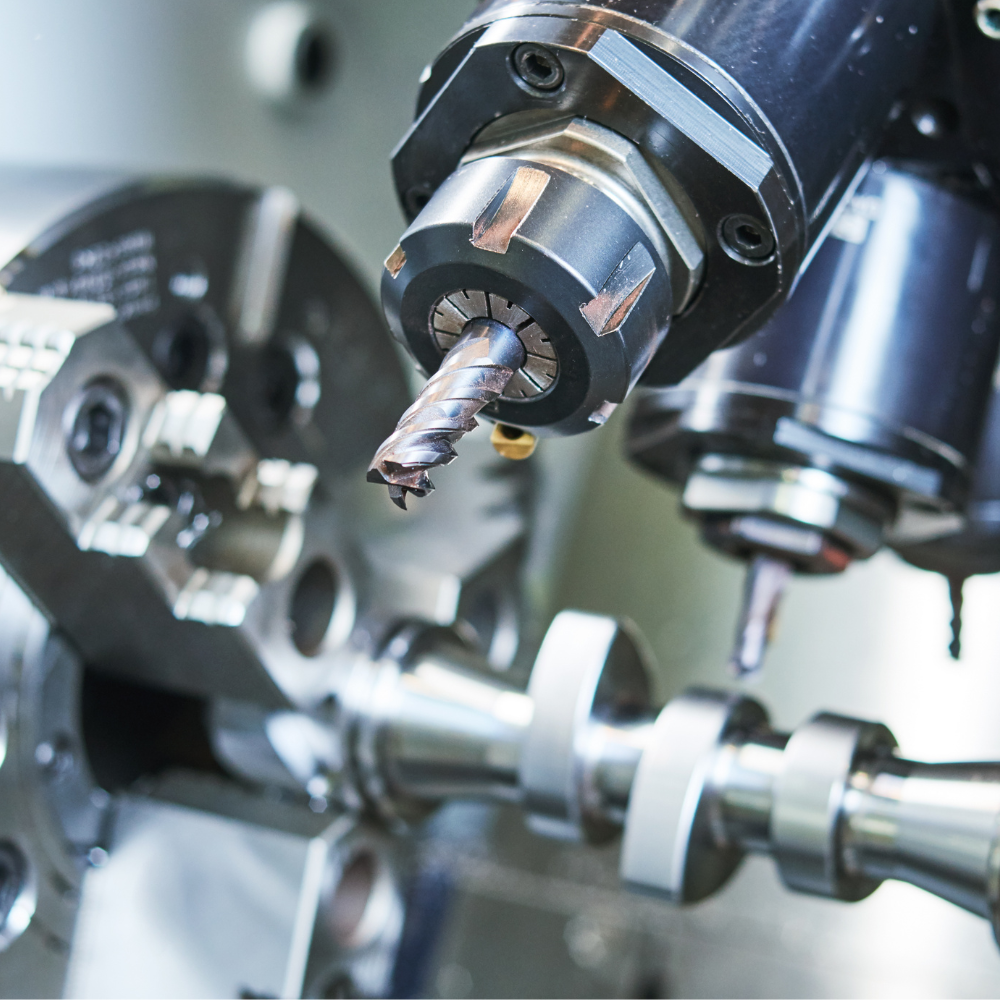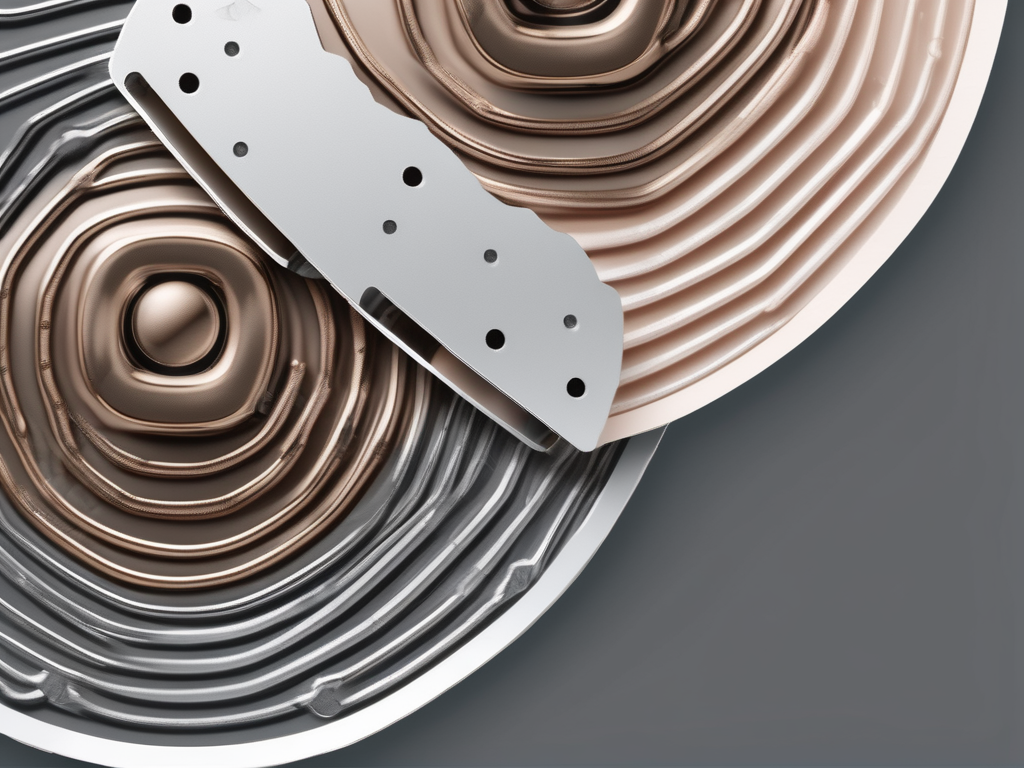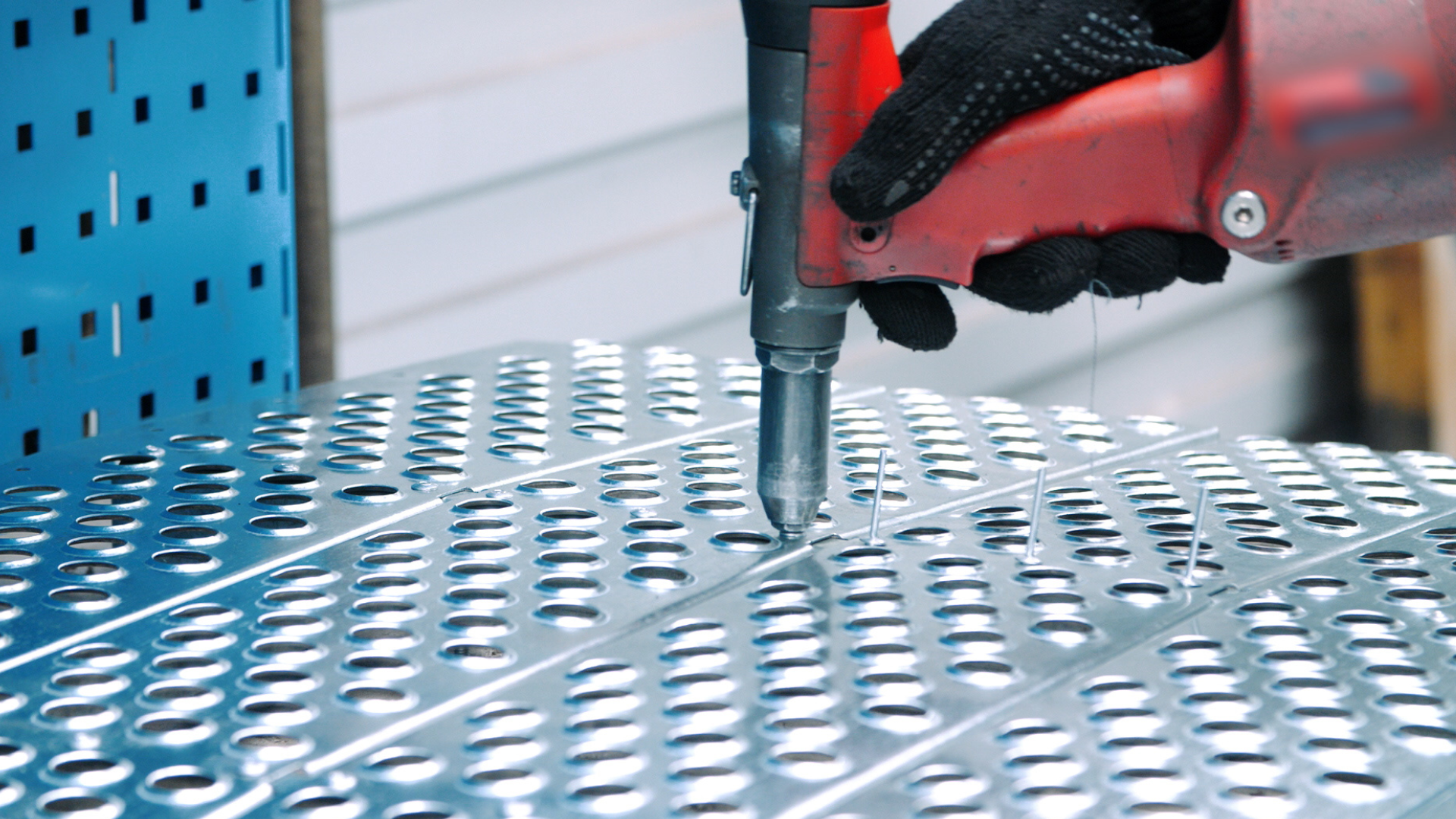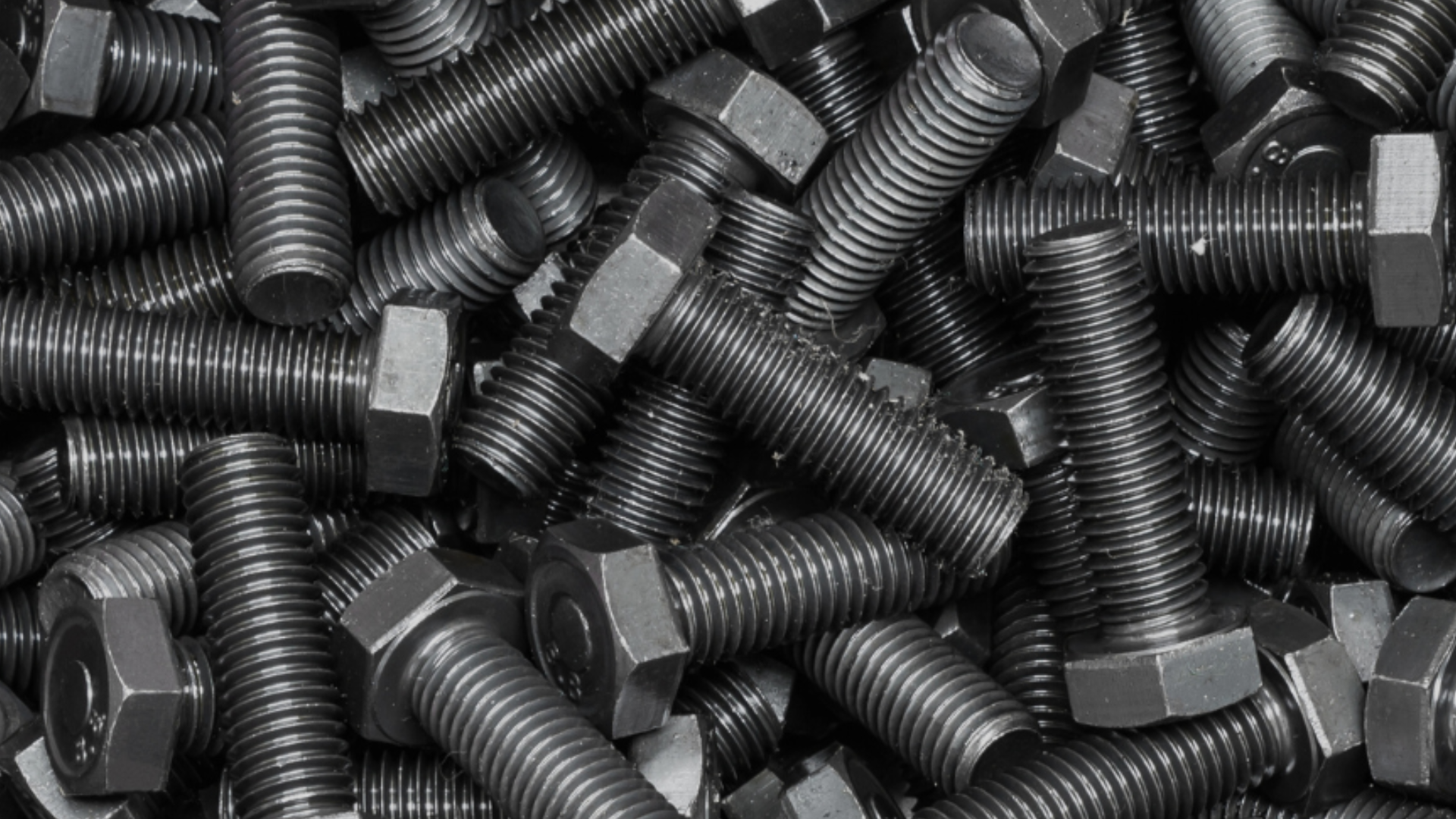Metal cutting tools are essential for various industries such as manufacturing, construction, and automotive. Whether you are a professional or a DIY enthusiast, understanding the different types of metal cutting tools, how to select the right one, and proper safety measures are crucial for successful and safe use. In this comprehensive guide, we will delve into all aspects of metal cutting tools, including their basics, selecting the right tool, safety measures, maintenance and care, and advanced techniques. Let’s dive in!
Table of Contents
Understanding Metal Cutting Tools
The Basics of Metal Cutting Tools
Metal cutting tools are specialized instruments designed to shape and remove material from metal surfaces. They come in various forms, such as drills, saws, grinders, and lathe tools, each serving specific purposes.
Types of Metal Cutting Tools
There is a vast array of metal cutting tools available on the market. Some common types include:
- Hacksaw: A manual cutting tool with a fine-toothed blade, used for cutting through metal rods or pipes.
- Angle Grinder: A handheld power tool equipped with a rotating abrasive disc, ideal for cutting, grinding, and polishing metal.
- Drill Bits: Used with a drilling machine, drill bits are essential for creating holes in metal surfaces.
- Plasma Cutter: Employing ionized gas, a plasma cutter can effortlessly slice through thick metal sheets with precision.
- Lathe Tools: These versatile tools are used in a lathe machine to shape or cut metal workpieces.
Each type of metal cutting tool has its own unique features and benefits. For example, the hacksaw is a reliable and cost-effective tool that can be used for small-scale metal cutting tasks. On the other hand, the angle grinder offers greater versatility and power, making it suitable for a wide range of applications, from cutting and grinding to polishing and shaping.
When it comes to drill bits, there are various types available, including twist drills, step drills, and countersink drills. Each type is designed for specific drilling needs, whether it’s creating holes of different sizes or achieving precise angles. Additionally, plasma cutters are highly efficient tools that use a jet of superheated plasma to cut through metal with incredible precision, making them indispensable in industries such as automotive manufacturing and metal fabrication.
Materials Used in Metal Cutting Tools
Metal cutting tools are typically made from durable materials capable of withstanding high temperatures and pressure. Common materials used include:
- High-Speed Steel (HSS): Known for its excellent cutting performance, HSS tools are suitable for general metal cutting applications.
- Carbide: Carbide-based tools offer superior hardness and enhanced cutting speed, making them ideal for more demanding tasks.
- Cobalt: Cobalt alloy tools excel in high-temperature applications, making them perfect for cutting hard metals like stainless steel.
Each material used in metal cutting tools has its own advantages. High-speed steel (HSS) tools, for example, are known for their durability and ability to maintain their cutting edge even at high temperatures. Carbide tools, on the other hand, are incredibly hard and can withstand heavy loads, making them suitable for cutting hard materials like cast iron and titanium. Cobalt alloy tools, with their excellent heat resistance, are often used in applications where high temperatures are generated during the cutting process, such as aerospace engineering and metalworking industries.
By understanding the different types of metal cutting tools and the materials they are made from, you can choose the right tool for your specific metalworking needs. Whether you’re a professional in the industry or a DIY enthusiast, having the right tools at your disposal will ensure precise and efficient metal cutting operations.
Selecting the Right Metal Cutting Tool
Factors to Consider
Choosing the right metal cutting tool requires careful consideration of several factors. These include:
- Material: Different metals require specific cutting tools. Consider the type of metal you will be working with to determine the appropriate tool.
- Task at hand: Identify the specific task you need to accomplish. Whether it’s cutting, drilling, or shaping, select a tool designed for that purpose.
- Tool Size: The size of the tool should match the scale of your project. Larger tools are better suited for heavy-duty tasks, while smaller ones offer precision.
- Budget: Set a budget and explore tools within that range. Remember that investing in quality tools often leads to better results and increased longevity.
Tool Compatibility with Metals
Each metal cutting tool has its own compatibility range with different types of metals. Ensure that the tool you choose is suitable for the metals you will be working with. Consult the manufacturer’s guidelines for specific metal compatibility lists.
When considering the material, it’s important to note that different metals have varying properties that affect the cutting process. For example, stainless steel is known for its high strength and corrosion resistance, making it a popular choice in many industries. However, due to its hardness, cutting stainless steel requires tools with high heat resistance and sharp cutting edges.
On the other hand, aluminum is a lightweight metal that is commonly used in aerospace and automotive industries. It has excellent conductivity and is relatively easy to cut. Tools with high-speed steel blades or carbide-tipped blades are often used for cutting aluminum due to their ability to withstand the heat generated during the cutting process.
When it comes to the task at hand, the specific tool you choose will depend on the nature of the job. If you need to make precise cuts or intricate shapes, a tool with a fine-toothed blade or a specialized cutting attachment may be required. For drilling holes, a drill bit with the appropriate diameter and cutting angle is essential to ensure accuracy and efficiency.
Tool size is another crucial factor to consider. If you are working on a large-scale project that requires heavy-duty cutting, a larger tool with a powerful motor and a longer blade may be necessary. However, for smaller projects that demand precision, a compact and maneuverable tool with a smaller blade or attachment would be more suitable.
Lastly, budget considerations are important, but it’s essential to strike a balance between cost and quality. Investing in high-quality tools may initially seem expensive, but they often offer better performance, durability, and safety features. Cheaper tools may save you money upfront, but they may not deliver the desired results and may need to be replaced more frequently.
Remember, selecting the right metal cutting tool is crucial for achieving efficient and accurate results. By considering the material, task at hand, tool size, and budget, you can make an informed decision that will enhance your cutting experience and ensure the success of your project.
Safety Measures for Using Metal Cutting Tools
Personal Protective Equipment
Protecting yourself is of utmost importance when working with metal cutting tools. Here are some essential personal protective equipment (PPE) to consider:
- Safety Glasses: Protect your eyes from flying debris and sparks.
- Gloves: Wear appropriate gloves to shield your hands from heat, sharp edges, or chemicals.
- Ear Protection: Reduce the risk of hearing damage by wearing earplugs or earmuffs when working with loud tools.
- Respirator: If you’re working with materials that produce hazardous fumes or dust, wear a respirator to avoid respiratory issues.
Safe Handling and Storage
Proper handling and storage of metal cutting tools not only ensure their longevity but also minimize the risk of accidents:
- Store tools in a clean, dry, and secure location.
- Keep cutting edges protected and sharp by using appropriate tool guards or blade covers.
- Follow the manufacturer’s instructions for tool handling and maintenance.
- Never leave tools unattended while they are in operation or plugged in.
Maintenance and Care for Metal Cutting Tools
Regular Cleaning Practices
Keeping your metal cutting tools clean and well-maintained is essential for their optimal performance. Here are some maintenance tips:
- After each use, remove debris and chips from the tool’s cutting surfaces.
- Regularly lubricate moving parts to prevent rusting and ensure smooth operation.
- Inspect the tool for any signs of wear or damage and address them promptly.
Sharpening Your Tools
A sharp cutting tool is crucial for achieving precise cuts. Here’s how to sharpen your metal cutting tools:
- Identify the appropriate sharpening method for your specific tool. This could be using a grinder, whetstone, or specialized sharpening system.
- Follow the manufacturer’s guidelines on the recommended angle and technique for sharpening.
- Carefully sharpen the cutting edges, maintaining a consistent angle and applying even pressure.
- After sharpening, confirm the tool’s sharpness by making test cuts on scrap metal.
Advanced Techniques in Metal Cutting
Precision Cutting Techniques
For those looking to take their metal cutting skills to the next level, here are some advanced techniques to consider:
- Using guides and jigs to achieve precise angles and shapes.
- Mastering the art of plunge cutting to create intricate designs.
- Exploring CNC (Computer Numerical Control) machines for automated and highly accurate metal cutting.
Innovative Metal Cutting Methods
Metal cutting technology continues to evolve, introducing innovative methods and tools. Stay updated with the latest advancements, such as laser cutting and waterjet cutting, to explore new possibilities and enhance your metal cutting capabilities.
Remember, becoming proficient in metal cutting tools takes practice, patience, and a commitment to safety. With the knowledge gained from this ultimate guide, you’re well on your way to mastering metal cutting and achieving exceptional results in your projects. Happy cutting!



